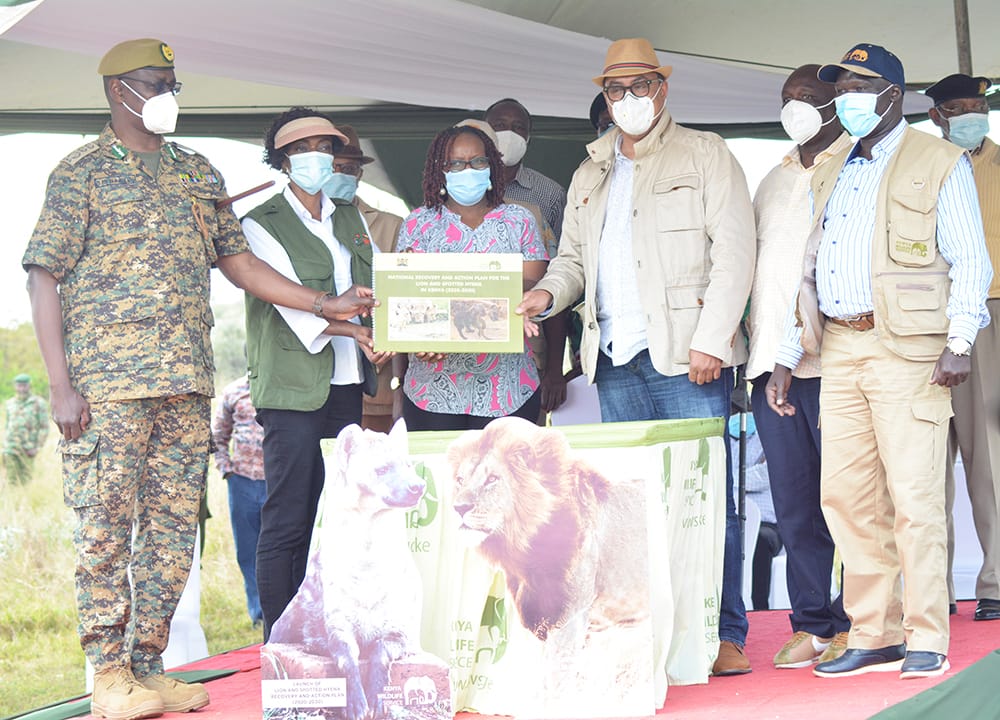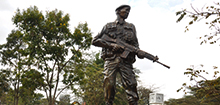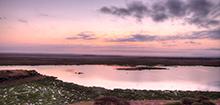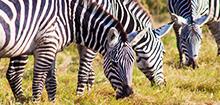
Date Published:
Tourism and Wildlife Cabinet Secretary, Hon. Najib Balala August 6, 2020 launched Kenya’s second edition of the lion and spotted hyena Recovery and Action Plan at a colourful ceremony held at the world famous Masai Mara National Reserve.
The Cabinet Secretary said the Recovery and Action plan addresses complex threats faced by the two carnivores in a holistic and collaborative manner, noting “this aims for the long-term vision of sustaining viable populations of lions and spotted hyenas in healthy ecosystems as a world heritage valued by the people of Kenya.”
“This Recovery and Action plan was developed through a consultative planning process and in accordance with the International Union for Conservation of Nature (IUCN), Convention for International Trade of Endangered Species (CITES) and Convention of Migratory Species (CMS) guidelines” Mr. Balala said adding,
“the planning process was participative, transparent and informed by the best available science”.
The CS said he was happy to note that Kenya Wildlife Service together with partners initiated the process of surveying lions in diverse ecosystems using a standardized method. He also noted that results from the surveys have provided more accurate estimates of lions in the country, saying Kenya is the only country in Africa that has undertaken such a massive survey of lions inside and outside the key protected area ecosystems.
Balala asked Narok County government to develop a Wildlife Management Plan, saying it is a legal requirement that it develops one. He asked the County Governor, Samuel Tunai, who was present to mobilize his technical team to come up with one before the end of this month.
He said lack of proper planning had led to increased cases of human-wildlife conflict but cautioned communities against taking the law into their hands by killing wildlife. He advised aggrieved communities to utilize provisions of the Wildlife Conservation and Management Act 2013 to file compensation claims whenever wildlife cause destruction. The CS said his ministry has so far disbursed Sh.1.5 billion for compensation to communities across the country.
The Cabinet Secretary said in future no structures should be put up in protected areas across the country without authority from his ministry. He further said wildlife data should be handled well and that only the national government will communicate such data to avoid confusion and misrepresentation
The CS called on NGOs and Kenya’s development partners to support conservation efforts by his ministry through KWS during this period of Covid-19 pandemic. He assured that all resources availed for such conservation efforts will be prudently utilized. The CS urged Kenyans to embrace domestic tourism to sample the country’s rich flora and fauna and to grow the tourism sector.
Earlier Balala witnessed the collaring of a lioness by KWS capture team led by head of veterinary services Dr. David Ndeereh. Collaring helps in understanding an animal’s movements. It is also a management tool that enables monitoring of wildlife to stem human-wildlife conflict.
The Principal Secretary for State Department of Wildlife Prof. Fred Sego said the Recovery and Action plan recognizes the threats facing both species and prescribes elaborate measures for their recovery. He said among the objectives of the plan are working with communities, consolidation of efforts among stakeholders, the establishment of population status and distribution for adoption of conservation units.
Lion and spotted hyena are two of Kenya’s most iconic but threatened predators. The lion is a charismatic large mammal and is revered in cultures across the world. The spotted hyena, while less well known and revered than the lion, can be found in nearly every location a lion can be found, and threats to their survival are closely linked.
Both species are archetypes of the large mammal community in sub-Saharan Africa, a community that supports a rich and vibrant tourism economy across the region, driving both local and national economic growth. The two species are top predators and play crucial ecological roles within their ecosystems but are currently facing widespread decline in numbers across their range.





